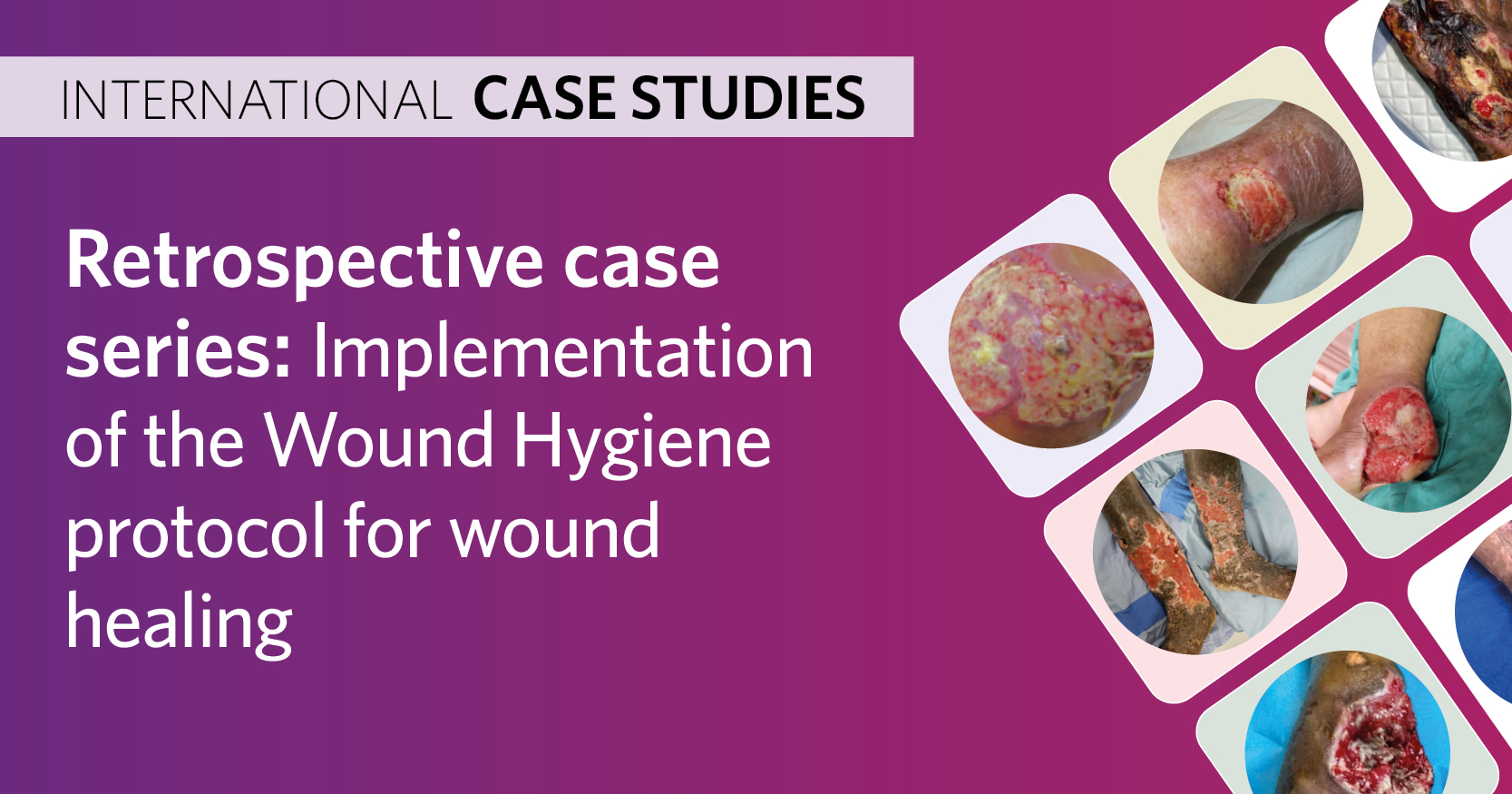<p> </p>n<div>Postoperative seroma is a well-recognised complication after regional lymph </div>n<div>node dissection, resulting in significant morbidity, inconvenience and associated financial costs. Objective: To determine the feasibility of indocyanine green (ICG) lymphography to intraoperatively identify leaking lymphatic vessels after axillary lymph node dissection (ALND). The authors hypothesised that identification and ligation of these leaking lymphatics would reduce the incidence of postoperative seroma. Methods: This is a prospective case series of patients undergoing elective ALND. Patients underwent intradermal ICG injection following lymph node dissection. Lymphatic ICG leakage was visualised using a near infra-red camera. Identified lymphatic vessels were ligated prior to wound closure. Demographics, operative details and postoperative outcomes were analysed. Results: Seven patients were recruited. The mean number of discrete lymphatic vessels visualised in the axillary wound bed was three (range 2–3). The mean number of Weck ligation clips used was four (range 3–6). Following ICG injection, the mean time to complete lymphography and ligation was 12 minutes (range 7–17 minutes). Closed suction drains remained in situ for a mean of 8 days (range 6–15 days). Five of the seven patients developed a seroma following closed suction drain removal, requiring on average five aspirations per patient </div>n<div>(range 2–10). Three patients developed surgical site infection requiring intravenous antibiotics. Conclusion: This study has demonstrated the feasibility of intraoperative ICG lymphography following ALND to identify leaking lymphatic vessels. However, the efficacy of this technique to reduce postoperative seroma remains unclear. </div>n<p> </p>




